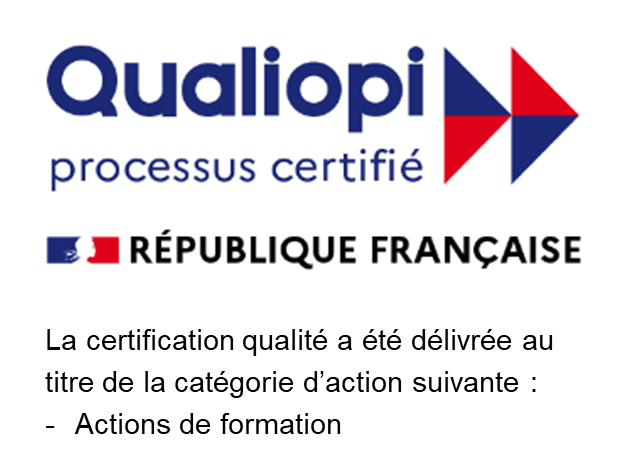Cash vs. Care: The Pitfalls of Lump Sum Payments

Between rising costs and limited budgets, it’s no surprise that many organizations turn to lump sum payments to control talent mobility spending. But is this approach effective – or can it actually end up costing companies more? In this blog post, we’ll discuss the unexpected costs associated with lump sum payment models, where they can go wrong, their impacts on the employee experience, and why managed moves benefit employees and organizations in the long run.
Perception vs. Reality: Lump Sum Payment Outcomes
When organizations offer lump sum payments to their mobile employees, they're often being driven by a few assumptions. They believe that their mobile employees:
- Possess sufficient financial skills to manage their relocation budget
- Are savvy enough to procure the right relocation services/providers at the right times
- Have enough host-country knowledge to navigate area-specific nuances independently
- Will decrease the need for administrative resources by self-managing their relocations
In reality, the results are often quite different:
Mobile employees ‘don't know what they don’t know,’ which can cause them to:
- Spend too much money “up front,” leaving insufficient funds for the rest of the move
- Opt for cheaper providers/services to save money, but end up spending more or calling in your internal mobility team (to resolve issues and errors that have occurred due to vendor inexperience or substandard service)
Cultural norms and operational regulations vary from country to country. When assignees aren’t familiar with these nuances they can:
- Miss important deadlines, causing costly delays in downstream related milestones. (For example, not securing proof of address can delay opening a bank account, which could negatively impact obtaining visa approval – delaying or derailing the assignment altogether)
- Misunderstand cultural definitions of deadlines. (For instance, in Singapore, providing deliverables “on” a specified deadline date would be considered missing the deadline. In Kenya, deadlines are meant to be approximate dates, whereas in Germany they’re rigidly adhered to.)
- Be culturally uncompliant, which can unintentionally sabotage the relocation process, immigration approval, and/or cause productivity or legal issues with vendors, colleagues, and clients
The Unexpected Costs of a Lump Sum Payment Model
There are additional pitfalls to be aware of when providing a lump sum payment to mobile employees, including:
Differences in Cultural Communication Styles
-
Employee stressList Item 1
Relocations are stressful under the best of circumstances: When employees are asked to manage their own moves, that stress is amplified, taking valuable attention away from their new roles. If they feel overwhelmed and unsupported in their relocation, they may disengage or leave the company altogether, costing the organization in lost talent and damaging their mobility brand reputation.
-
Unexpected compliance and soft costs
Unexpected compliance and soft costs: If a mobile employee is aware that an issue is brewing, they may ask for help or additional funding from the organization. If they’re not aware (due to inexperience), missteps can result in costly legal or compliance fees – or derailment of the assignment altogether. In either case, overstretched mobility teams find themselves having to step in and course-correct aspects of the relocation that have gone wrong. The added labor hours and support adds up, taking their attention away from organizational priorities. If a company isn’t tracking these additional hard and soft costs, they’re not aware of their true mobility spend.
-
Falling short of duty of careList Item 3
When companies utilize a lump sum mobility model, they lose the ability to track and monitor employees and their families, increasing risks to their physical safety, mental well-being, financial solvency and cultural intelligence.
-
Misalignment with DEI objectivesList Item 4
Employees have varying relocation needs based on their individual circumstances. Because employee demographics and cultural backgrounds aren’t typically considered in lump sum models, inequitable treatment can occur – even if different amounts are offered by tier, job level or region.
-
Reduced impact on employee experience
When employees manage their own relocations, organizations can’t influence the quality of their employees’ mobility experience, which directly impacts their level of engagement and satisfaction. Because employee expectations aren’t assessed or managed, this can also lead to frustration and higher attrition rates.
-
Lost data opportunities
While managed moves give mobility teams clear insight into mobility metrics, when companies utilize a lump sum payment model, they lose visibility into how their relocation program is performing. Over time, this can have costly consequences, as they lose sight of employee benefit and vendor utilization. To be competitive, organizations need to fully understand employee needs and behaviors. Without this information, they can’t effectively right-size future budgets or strategize changes to their mobility programs, which negatively impacts ROI, talent acquisition, and mobility brand reputation.
Alternatives to Lump Sum Mobility Models
It's clear that lump sum payments don't always provide the savings and benefits that organizations expect. So how can organizations provide a positive mobility experience and control costs? Many employers find that managed cap or core/flex strategies are more practical alternatives to the traditional lump sum approach. Let’s take a look at each:
Managed Cap:
A company policy where a set maximum amount is allocated for an employee's relocation expenses, with the company managing the funds and providing specific services within that cap.
Core-Flex / Care-Flex:
In a core-flex mobility policy model, mobile employees are provided with a set of standard essential relocation benefits ("core"), alongside a selection of optional, flexible services ("flex") that they can choose based on their unique needs. Sometimes referred to as a care-flex mobility model, this approach goes beyond duty of care to provide a tailored employee experience. Businesses also benefit through mindful spending, since employees and their families only receive the benefits they need – and aren’t overpaid for services that they don’t.
Both of these models maintain cost control by setting company-determined maximums and reducing the need to file for exceptions. They also provide employees with a more customized and equitable experience.
Balancing Budgets and Employee Experience: Managed Relocation Programs
HR, talent recruitment, and global mobility teams face a very real challenge when it comes to controlling costs and providing a positive employee experience. But that experience is as crucial to mobile employees feeling supported and engaged throughout their relocation journey as it is to an organization’s competitiveness, workforce engagement, talent acquisition and employee retention.
Managed relocation programs don’t just ensure a more positive employee experience, they also optimize mobility program efficiency and foster alignment with organizational goals. By committing the necessary resources to a fully managed relocation program up front, businesses save money and maximize their return on mobility over time.
To learn more about how NetExpat can help your company implement a more cost-effective program to maximize employee experience, contact us at
info@netexpat.com
Share this post














